Periodontitis is one of the most common oral diseases, characterized by chronic inflammation of the tissues surrounding the teeth, including the gums and alveolar bone, caused by bacterial infection. If left untreated, periodontitis can lead to tooth mobility, loss, and even affect overall health. Therefore, understanding how to prevent periodontitis is crucial for maintaining good oral health.
This article will provide a detailed explanation of the causes, symptoms, diagnostic methods, and preventive measures of periodontitis. Through proper oral hygiene, healthy eating habits, regular check-ups, and other strategies, we can effectively reduce the risk of developing periodontitis and maintain both oral and overall health.
1. Causes of Periodontitis
Periodontitis is caused by the accumulation of plaque around the teeth, which leads to the infection of the soft and hard tissues surrounding the teeth. The main causes of periodontitis include:
1.1 Accumulation of Plaque
Dental plaque is a soft deposit that forms on the teeth, consisting of bacteria, food residues, and minerals from saliva. Normally, plaque is removed during daily brushing and oral cleaning. However, poor oral hygiene can cause plaque to accumulate, which may eventually lead to periodontitis.
1.2 Poor Oral Hygiene Habits
Not brushing teeth or brushing them improperly is one of the most common causes of periodontitis. If plaque is not removed in time, bacteria thrive on the gums and teeth, triggering an inflammatory response, which can lead to periodontitis.
1.3 Smoking
Smoking not only reduces the immune function of the mouth, making it easier for plaque to form, but also impairs blood circulation in the gums, exacerbating the symptoms of periodontitis.
1.4 Genetic Factors
Research suggests that genetic factors may make certain individuals more susceptible to periodontitis. If there is a family history of periodontal disease, the risk of developing it in offspring is higher.
1.5 Diabetes
People with diabetes often have elevated blood sugar levels, which promotes the growth of bacteria in the mouth and increases the risk of developing periodontitis.
1.6 Hormonal Changes
Pregnant women, teenagers, and women using oral contraceptives may experience changes in hormone levels, which can make their gums more sensitive to bacterial infection, making them more prone to gingivitis or periodontitis.
1.7 Poor Diet
A lack of essential nutrients like Vitamin C can weaken gum health and increase the risk of periodontitis. Excessive sugar intake also provides more “food” for bacteria, fostering their growth.
1.8 Misaligned Teeth
Crooked teeth or improper bite can make it difficult to remove plaque effectively, which can encourage the development of periodontal disease.
1.9 Improper Care After Dental Surgery
Failure to properly care for the mouth after dental or periodontal surgery (e.g., neglecting follow-up visits or oral hygiene) can lead to post-surgical infections, which may result in periodontitis.
2. Symptoms of Periodontitis
The symptoms of periodontitis are often subtle, and many people do not notice them in the early stages. Common symptoms of periodontitis include:
- Gum Bleeding: Bleeding when brushing teeth or using dental floss is a common early sign of periodontal disease.
- Swollen Gums: Gums may become red, swollen, and painful, and may feel warm to the touch.
- Bad Breath: Bacteria proliferate around the teeth, producing unpleasant odors, leading to halitosis.
- Gum Recession: Chronic inflammation can cause the gums to recede, making the teeth appear longer.
- Loose Teeth: Prolonged inflammation can lead to the loss of alveolar bone, causing teeth to loosen or fall out.
- Tooth Sensitivity: Exposed tooth roots may become sensitive to hot or cold stimuli.

3. Diagnosis of Periodontitis
The diagnosis of periodontitis typically involves several methods:
3.1 Clinical Examination
A dentist will examine the color, shape, and bleeding of the gums to assess the condition of the periodontal tissues. If the gums appear red, swollen, or receding, or if there is bleeding, periodontitis may be suspected.
3.2 Periodontal Probing
A periodontal probe is used to measure the depth of the periodontal pockets. Normally, the depth of the pockets should be between 1-3 millimeters. If the depth exceeds 4 millimeters, there may be a risk of periodontitis, and pockets deeper than 6 millimeters may indicate more advanced periodontal disease.
3.3 X-ray Examination
X-rays are used to assess the level of alveolar bone loss. Bone resorption is a key sign of periodontitis progression.
4. Preventive Measures for Periodontitis
4.1 Maintain Good Oral Hygiene
Good oral hygiene is the most fundamental measure to prevent periodontitis. Key aspects of daily oral care include brushing, flossing, and using mouthwash.
4.1.1 Brushing Teeth
Proper brushing techniques are essential for removing plaque and preventing periodontitis. The following principles should be followed when brushing:
- Brush Twice a Day: Brush your teeth at least twice a day, ideally in the morning and before bed, and preferably right after meals.
- Brushing Time: Brush for at least two minutes each time.
- Brushing Technique: Use a soft-bristled toothbrush, and gently brush the teeth and the gum line to avoid damaging the gums.
- Toothbrush Selection: Choose a toothbrush that suits your needs, whether manual or electric, ensuring the bristles are of moderate softness.
4.1.2 Use Dental Floss
Dental floss is an essential tool for removing food debris and plaque from between the teeth, preventing periodontitis. Use dental floss gently to avoid injuring the gums.
4.1.3 Mouthwash
Mouthwash can help clean the mouth and reduce bacterial growth. Some mouthwashes contain antibacterial ingredients that help prevent periodontitis, but they should not replace brushing and flossing.
4.1.4 Gum Massage
Massaging the gums helps improve blood circulation and strengthens the gums’ ability to resist inflammation. Gently massage your gums with a soft toothbrush to promote a healthy oral environment.
4.2 Regular Dental Check-ups
Regular dental check-ups and cleanings can help identify periodontal problems early and take preventive measures. Ideally, a healthy individual should have at least one dental check-up per year, while those with a history of periodontal disease should visit more frequently.
4.3 Healthy Diet
A balanced diet is not only beneficial for overall health but also plays a role in preventing periodontitis. The following dietary tips help maintain oral health:
- Eat Foods Rich in Vitamin C: Citrus fruits, leafy vegetables, and other vitamin C-rich foods help strengthen gum tissue and reduce inflammation.
- Avoid Excess Sugar: Sugar is a food source for harmful bacteria in the mouth, which promotes plaque formation and increases the risk of periodontitis.
- Include Calcium and Vitamin D: Calcium and vitamin D are essential for strong teeth and alveolar bone. Proper intake helps support tooth strength and durability.
4.4 Quit Smoking
Smoking is a significant risk factor for periodontitis. Quitting smoking can greatly reduce the risk of developing periodontal disease and improve oral health.
4.5 Manage Diabetes
People with diabetes should control their blood sugar levels to help prevent periodontitis. Consistent management of blood sugar reduces the likelihood of developing periodontal issues.
4.6 Address Dry Mouth
Dry mouth reduces saliva production, which decreases the mouth’s self-cleaning ability, making it easier for plaque to accumulate. Drinking enough water and avoiding prolonged periods of mouth dryness are essential for preventing periodontitis.
4.7 Correct Misalignment and Bite Issues
If you have misaligned teeth or bite issues, seek treatment from a dentist or orthodontist. Correcting these problems makes it easier to clean your teeth properly and reduces the risk of developing periodontal disease.
4.8 Oral Health Education
Increasing awareness about oral health through education, such as attending oral health workshops, can help individuals understand how to prevent periodontal diseases and maintain healthy gums and teeth.
5. Conclusion
Periodontitis is a serious oral disease that can lead to tooth mobility and loss and may even affect overall health. By adopting proper oral hygiene, following a healthy lifestyle, and scheduling regular dental check-ups, we can effectively prevent periodontitis. Everyone should start with simple, effective steps to maintain good oral hygiene, prioritize periodontal health, and avoid letting periodontitis impact their quality of life.


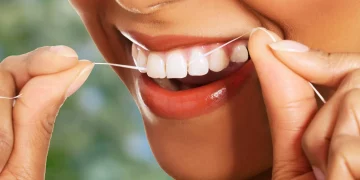



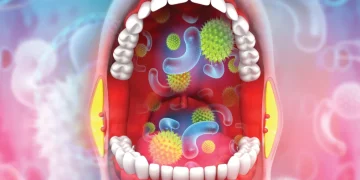
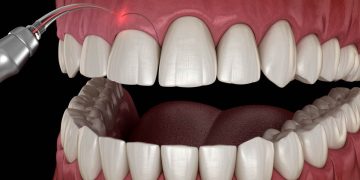
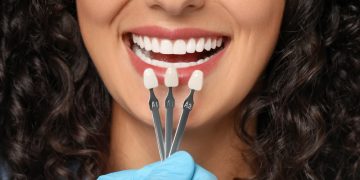


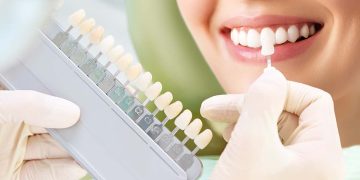













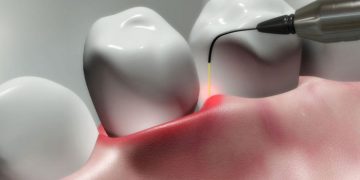


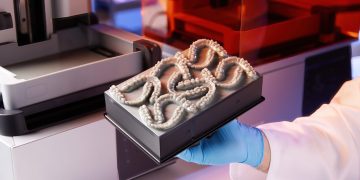
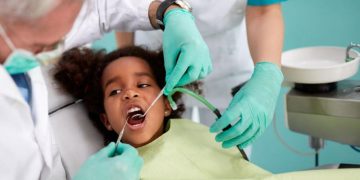

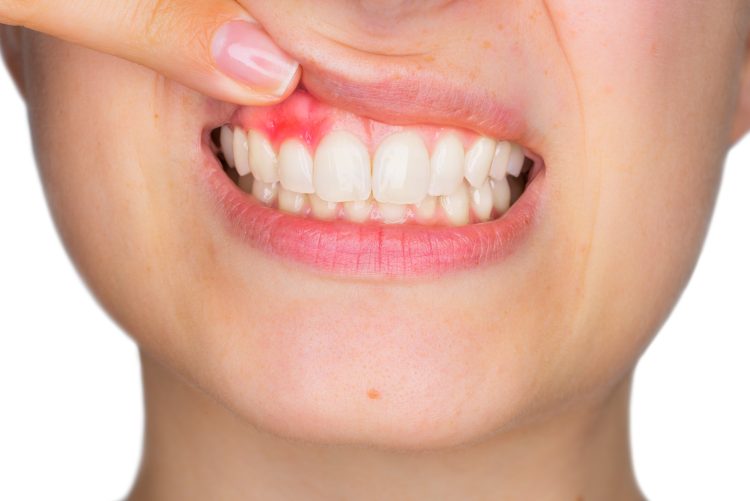













Discussion about this post